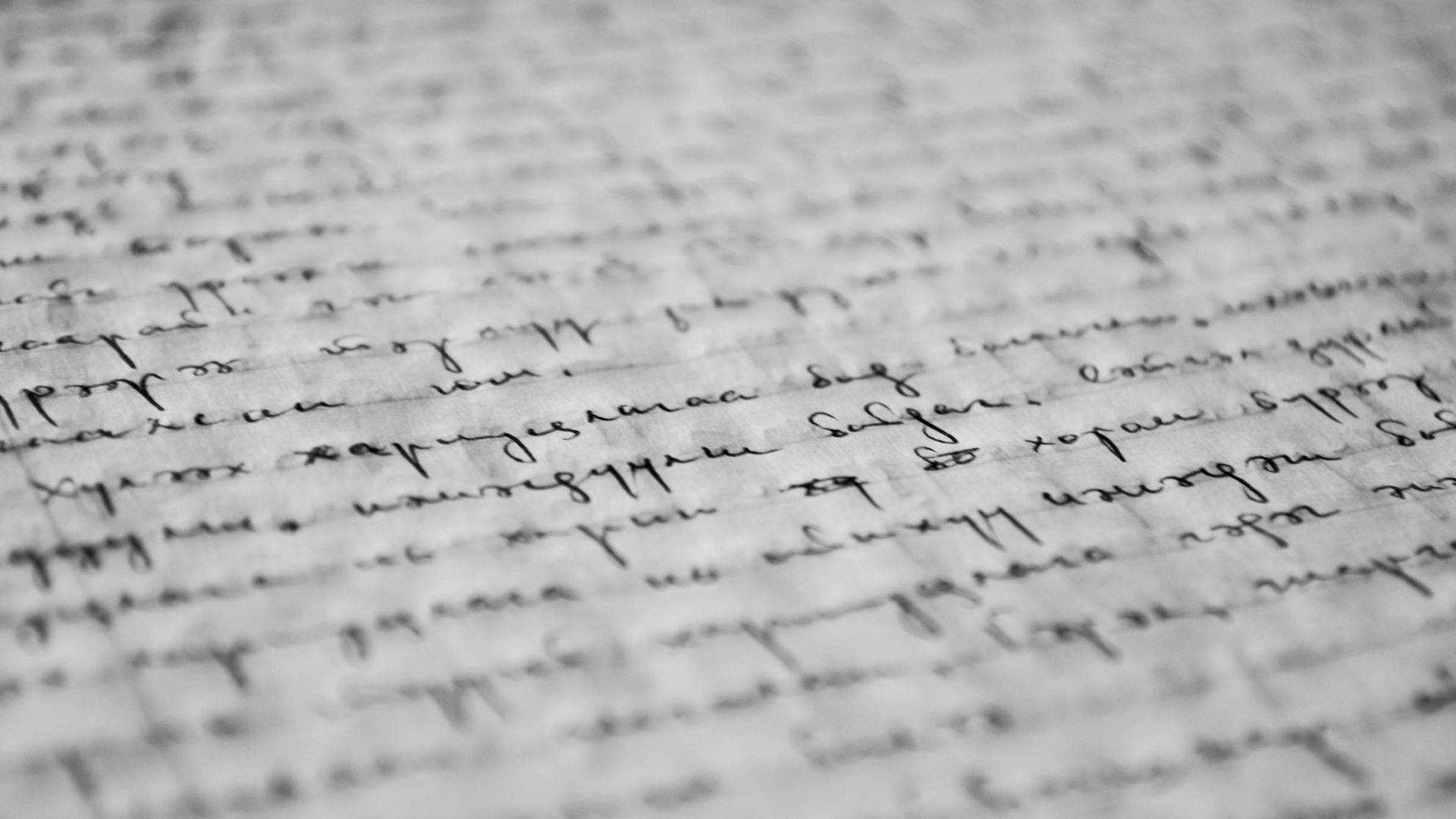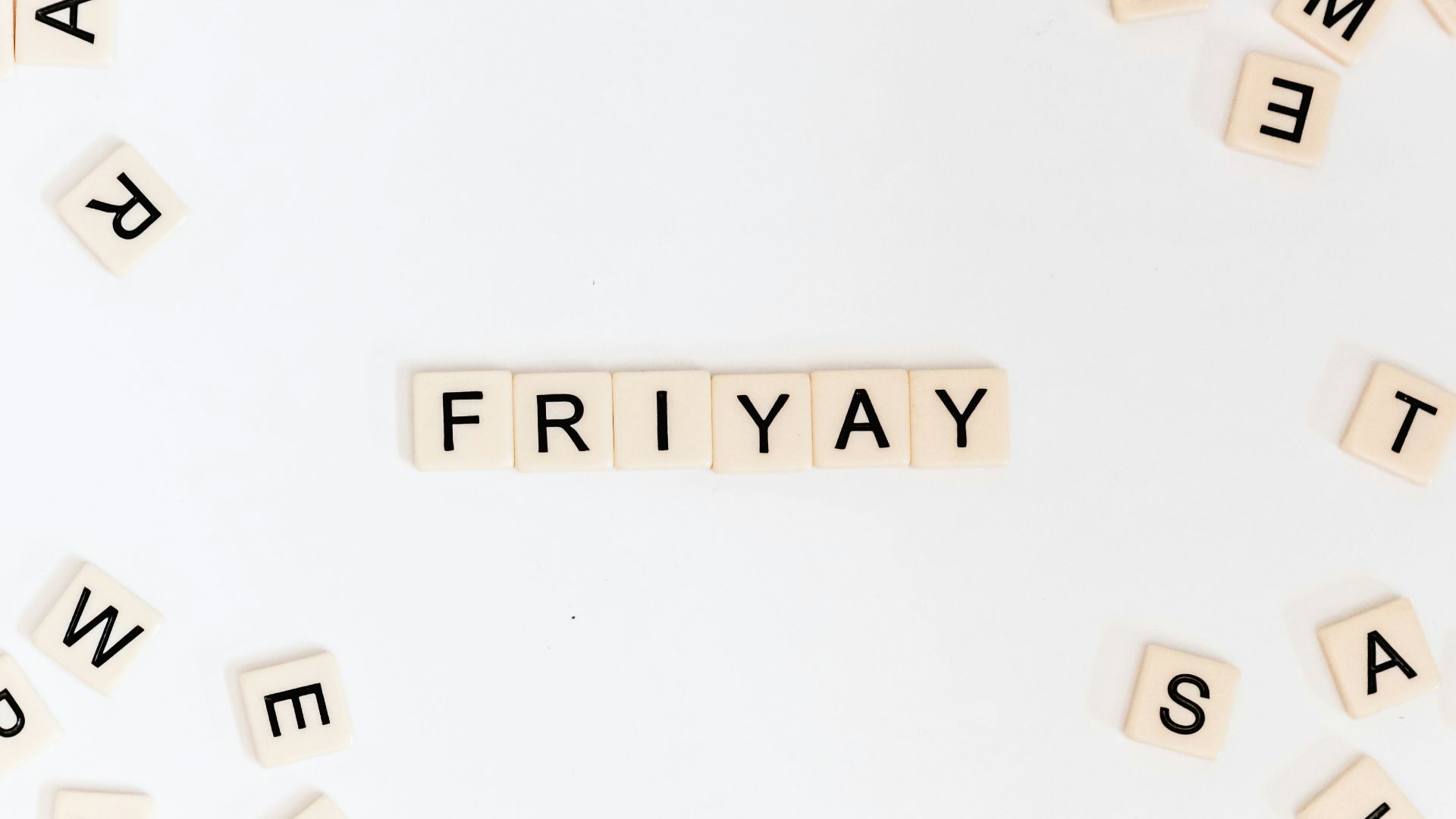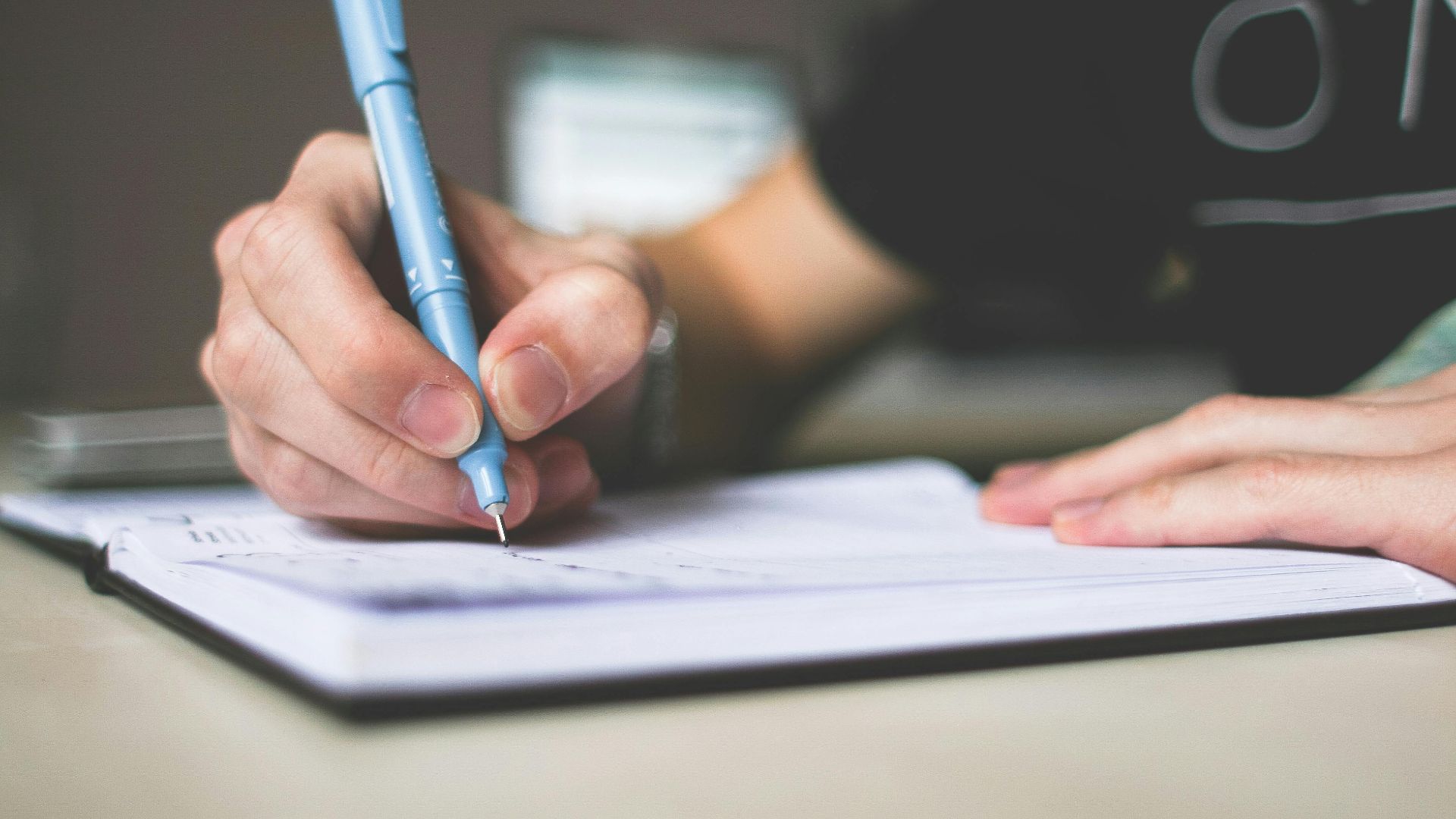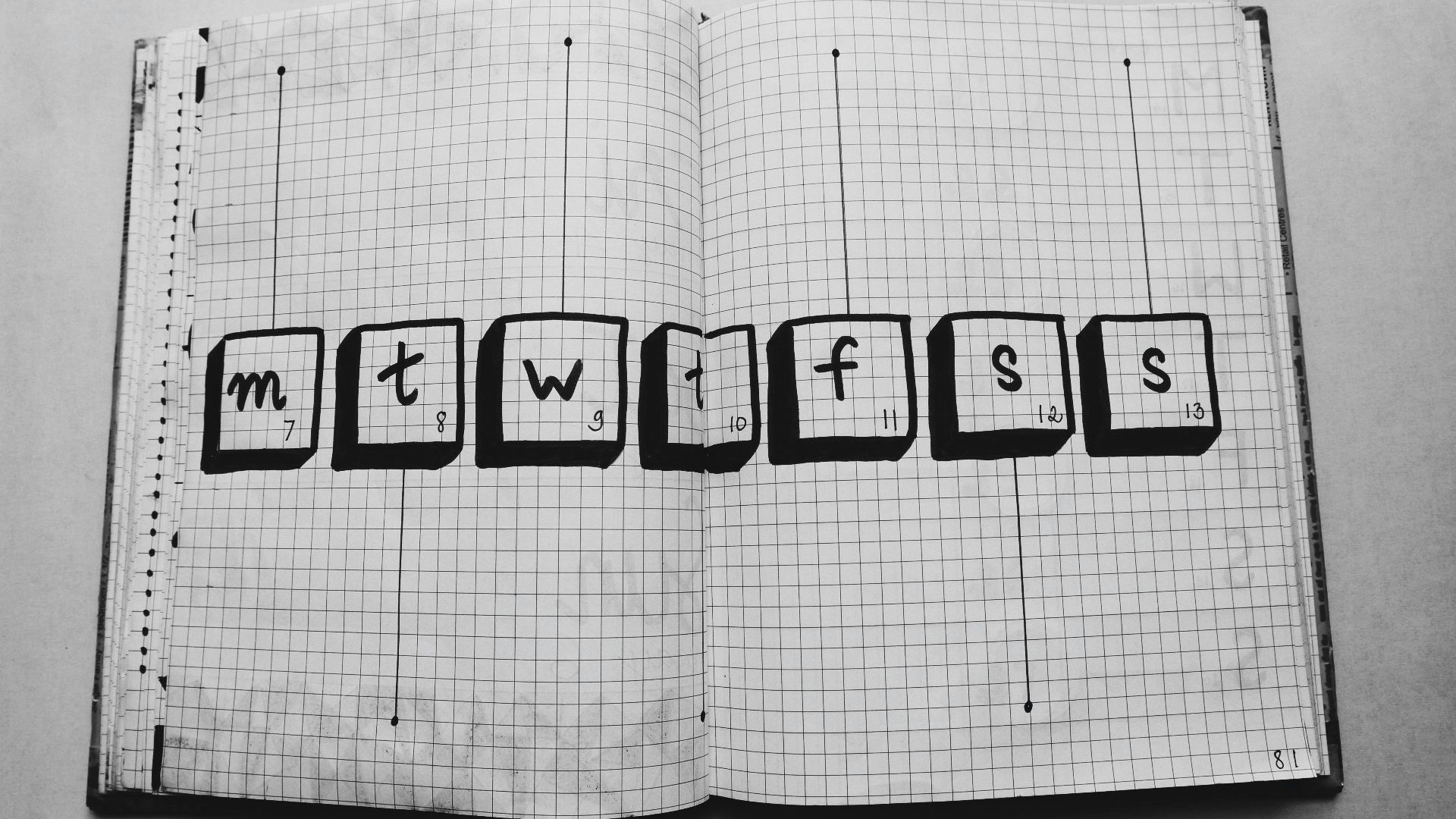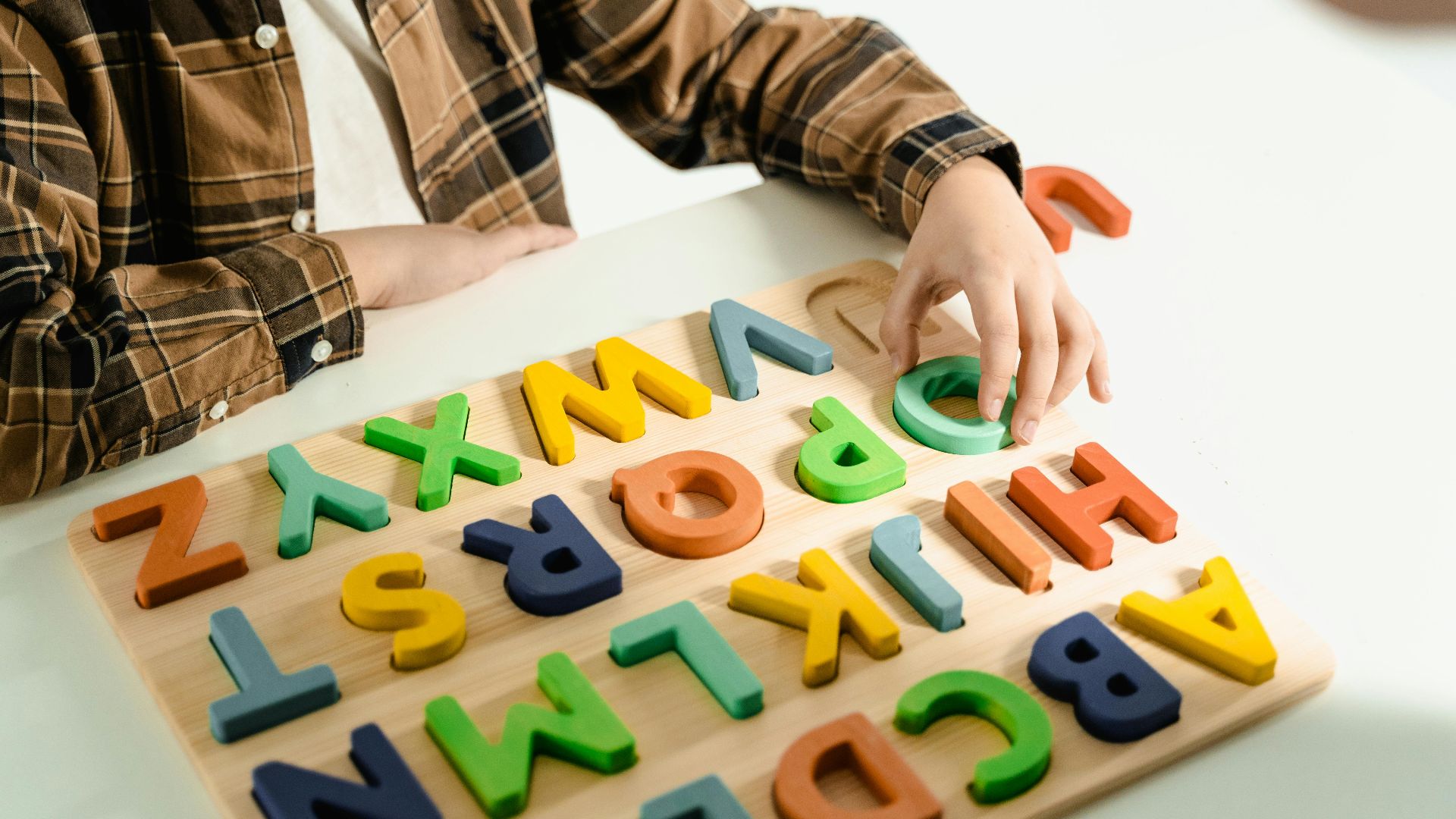Dancing Text?
It's normal to stumble over a word or two when reading or repeating text out loud, but if words always look jumbled or even seem to dance on the page, it might be a sign of dyslexia. Dyslexia is a lifelong learning disorder that primarily affects reading and writing, and it's one of the most common learning disabilities, though most may only exhibit mild symptoms. If you're wondering whether you or someone close to you might have dyslexia, here are 10 common signs to look for—and 10 ways to support those with it.
 ANTONI SHKRABA production on Pexels
ANTONI SHKRABA production on Pexels
1. Avoid Reading Aloud
Since those with dyslexia struggle with reading text, they'll often avoid reading or reading out loud to others. It isn't that they don't understand the content, but the problem lies in connecting and associating groups of letters with specific words, leading to confusion.
2. Problems with Spelling
Those with dyslexia will also find it incredibly challenging to spell words correctly. And this makes sense, given that if you don't understand the word on the page or have trouble reading it, you likely wouldn't be able to grasp how to spell it.
3. Difficulty Writing
Combining issues with reading and spelling, it's not surprising that people with dyslexia also struggle with writing. They often have difficulty putting words together, let alone in a sentence, and will typically have messy or tangled handwriting.
4. Struggle Remembering Sequences
People with dyslexia have trouble remembering sequences. This extends beyond specific characters used to spell out words; they also struggle to remember the order of the alphabet or days of the week. A simple example of poor sequence memory is when someone gives you directions and you forget whether it's a left turn first then right, or the other way around.
5. Poor Memory
Since there's often a disconnect between words, instructions, and their meanings, those with dyslexia often struggle to remember what was said. It could be as complex as misremembering sequences, as previously mentioned, or as simple as forgetting a date after you were told.
 Photo By: Kaboompics.com on Pexels
Photo By: Kaboompics.com on Pexels
6. Trouble with Idioms
People with dyslexia also struggle with idioms and understanding their meanings. While most can easily grasp these alternate expressions, like "a dime a dozen" or "by the skin of your teeth," those with dyslexia can't quite make the proper connection between why idioms mean the way they do.
7. Mispronouncing Words
For those who are dyslexic, where it's difficult to remember the order of characters or how to spell, this in turn makes it a challenge to pronounce words correctly. Where most of us can at least try to sound out unfamiliar words, this task is near impossible for those with dyslexia so they're more likely to make pronunciation mistakes.
8. Hesitant Speech
Since they struggle with reading and pronunciation, not only do those with dyslexia avoid reading aloud, but they may also have hesitant speech patterns. When tasked to read or speak, they typically need more time to process word-sound connections, so more ums, uhs, and ahs may be present in their speech.
9. Anxiety with Reading & Writing
Since reading and writing are difficult, it's not just that those with dyslexia avoid doing these tasks, but they may even have anxiety about it. Words sometimes seem like they're "dancing" or floating on a page, which adds to the anxiety, and makes them lack confidence in their accuracy or eloquence.
10. Confusing Similar Letters or Words
Since those with dyslexia struggle with sequences and spelling, they'll often confuse similar letters and words. For example, they may mix up p and q, or b and d. They may also accidentally swap words like "cat" and "cot," or misspell words in various ways, like "help" as "hlep," "hpel," or "hepl" without realizing.
Now that you're aware of the common signs of dyslexia, let's cover some ways to support those with it.
1. Read Together
If you know someone has dyslexia or is showing signs of it, instead of putting them on the spot and telling them to read out loud on their own, read with them.
Better yet, read as much as you can aloud to them to spark motivation, then encourage them to read along.
2. Create a Safe, Supportive Space
It's important that those with dyslexia learn in an environment where they feel safe and supported and are free to make mistakes. Patience is key as well; don't rush or get frustrated, as this may impede progress and hurt their confidence.
3. Praise Efforts & Success
Celebrate successes, whether big or small. Progress is still progress no matter what it looks like. The challenges that dyslexia brings can be frustrating and take a toll on confidence. Even just praising the correct pronunciation of a word or recognizing spelling mistakes can be a mood-booster.
4. Use Dyslexic-Friendly Fonts
Dyslexic-friendly fonts, like Open-Dyslexic, Arial, or Comic Sans, may increase readability. While it's not scientifically proven that these special fonts improve accuracy or speed when reading, they may nonetheless help those with dyslexia read more comfortably.
5. Remind Them Not to Rush
Again, it's important to stay patient when supporting those with dyslexia. Remind them not to rush when doing tasks that involve reading, writing, speaking, or sequences, and slow down when giving instructions. The goal isn't to be the fastest in any of these, but to be accurate.
6. Repeat with Music
Whenever you can, take a passage from a book and encourage those with dyslexia to read, repeat, and review it with you.
Repeated reading can improve accuracy and fluency, and in one research study, repeating with music may also lend positive results.
7. Use Mnemonic Devices
Mnemonic devices can help boost memory, which comes in particularly handing when trying to remember patterns, instructions, or sequences. Some examples include: creating rhymes or acronyms, chunking information into smaller groups, using visual aids, or turning pieces into a catchy jingle.
8. Parents & Teachers Should Work Together
Instead of keeping learning separate and divided into two distinct environments, teachers and parents must work together to create a plan for how to support those struggling with dyslexia. This will help ensure they don't feel ostracized or left out at home or in the classroom.
9. Use Visuals
Though we already previously noted the advantages of using mnemonic devices, visual aids are worth a repeated mention. When those with dyslexia can see the connection that's being made, with images, charts, or diagrams, they're more likely to retain and understand the information.
10. Talk to a Professional
If you need more help to support those with dyslexia, reach out to a professional, or enrol them into reading programs. These programs and specialists can identify problem areas, build specific plans, and offer tools that can boost progress, providing extra assistance for those who need it.
KEEP ON READING



